Advanced Air Mobility Outlook 2035: Market Overview (Ecosystem, Macroeconomics, Regulatory, Programs, Expenditure, Alliances, Dynamics), Industry Trends (Technologies, Use Cases, Maturity Curve), Market Segments (Urban Air Mobility and Regional Air Mobility), Customer Insights (Operators, OEMs, Shifts, initiatives, Business Models, Market Position), Competitive Landscape (Competitors, Partners, Evaluation Matrix, Key Profiles) and Future Opportunities (Future Landscape, Technology Roadmap, Major Projects, Top Opportunities)
Advanced Air Mobility (AAM) is poised to revolutionize urban and regional transportation by 2035. With the convergence of technological advancements, regulatory developments, and evolving customer preferences, AAM is expected to create a significant shift in mobility patterns. This article explores the market outlook, key industry trends, customer insights, competitive landscape, and future opportunities in AAM.
Market Overview
By 2035, the global AAM market is projected to reach a valuation of several hundred billion dollars, driven by increasing urbanization, congestion challenges, and the demand for sustainable mobility solutions. Key segments within AAM include urban air mobility (UAM), regional air mobility (RAM), and freight transport solutions. Government initiatives, such as the FAA’s integration of electric vertical take-off and landing (eVTOL) aircraft into airspace, are shaping the industry’s regulatory framework.
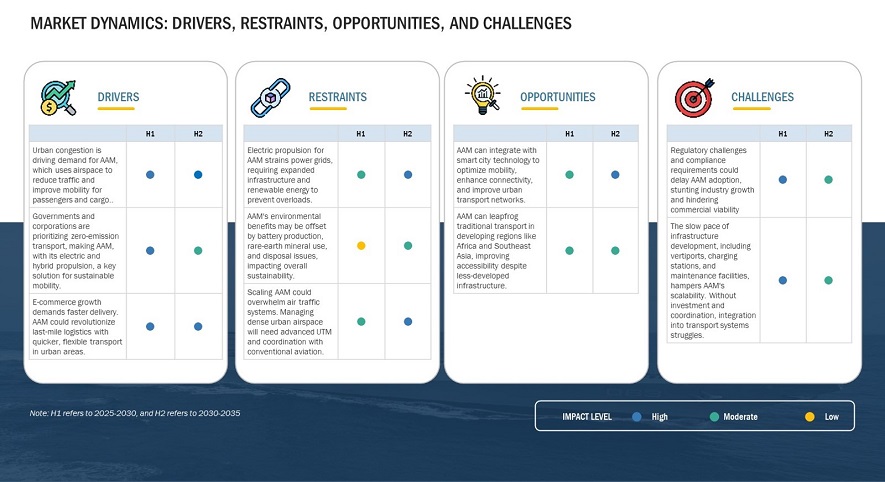
Industry Trends
- Electrification and Sustainability – The push for net-zero emissions is accelerating the development of electric propulsion systems, hydrogen fuel cells, and hybrid-electric aircraft.
- Autonomous and AI-Driven Operations – AI and machine learning are enabling autonomous flight operations, reducing pilot dependency, and increasing operational efficiency.
- Infrastructure Development – Vertiports, charging stations, and air traffic management (ATM) systems are critical to supporting AAM operations.
- Urban Integration – Cities are developing frameworks for integrating air mobility into existing transportation networks.
- Public-Private Partnerships – Governments, aviation authorities, and private firms are collaborating to create favorable market conditions.
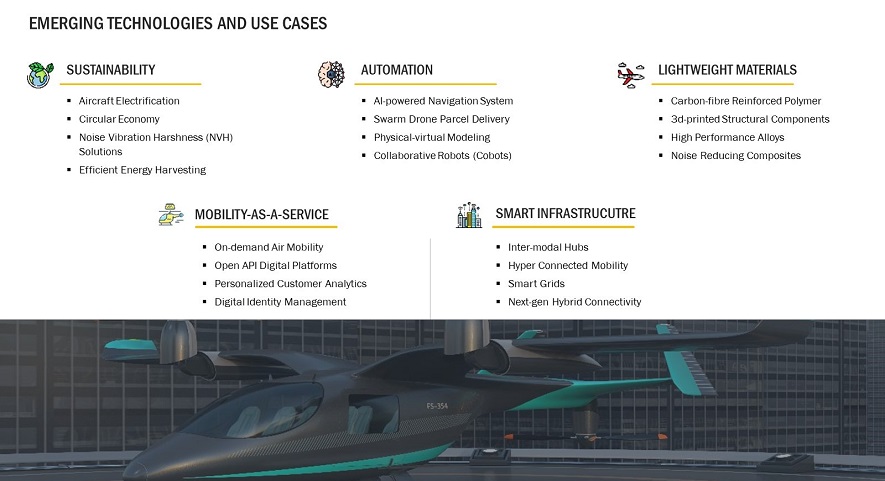
Customer Insights
AAM adoption will largely depend on customer acceptance, affordability, and perceived safety. Surveys indicate that early adopters include business travelers, high-income commuters, and logistics providers. Price sensitivity remains a concern, but increasing competition and technological advancements are expected to drive costs down. Additionally, sustainability-conscious consumers are likely to favor electric or hybrid AAM solutions over traditional modes of transport.
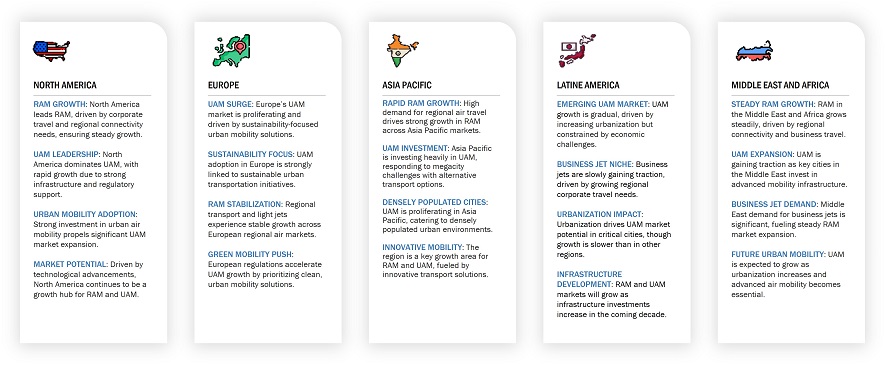
Competitive Landscape
Major players in the AAM industry include:
- Aircraft Manufacturers – Companies like Joby Aviation, Archer Aviation, and Volocopter are pioneering eVTOL development.
- Technology Providers – AI, sensor technology, and flight automation firms are essential for safe and efficient AAM operations.
- Infrastructure Developers – Firms investing in vertiports and charging stations are critical enablers of AAM.
- Regulatory Bodies and Policymakers – Organizations like NASA, EASA, and the FAA are setting safety and operational guidelines.
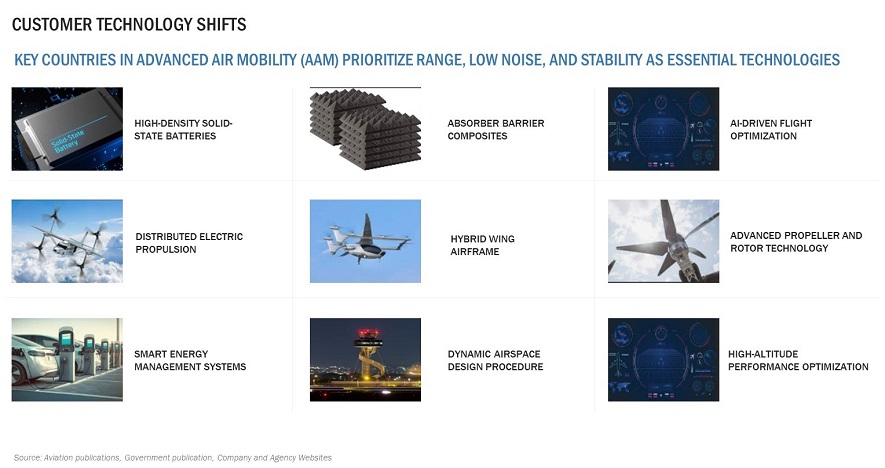
Future Opportunities
- Expansion into Emerging Markets – While initial adoption is expected in North America and Europe, AAM presents opportunities in Asia, the Middle East, and Africa.
- Cargo and Logistics Applications – AAM can transform freight transport, offering faster and more efficient last-mile delivery solutions.
- Intermodal Connectivity – Seamless integration with ground transportation systems will enhance efficiency and accessibility.
- Innovative Business Models – Subscription-based air mobility services and on-demand air taxis could reshape urban mobility.
- Advanced Technologies – AI-driven air traffic management, improved battery technologies, and enhanced airframe designs will drive efficiency and scalability.
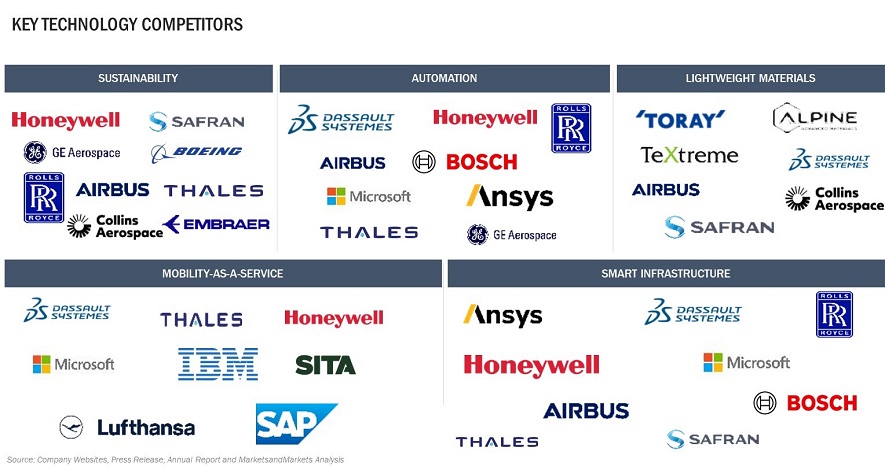
By 2035, AAM is set to become a mainstream mode of transport, reshaping how people and goods move within and between cities. While challenges remain—such as regulatory approvals, infrastructure development, and public perception—the potential benefits of AAM in reducing congestion, improving connectivity, and enabling sustainable transport are immense. Industry stakeholders must collaborate to address these challenges and unlock the full potential of AAM in the coming decade.















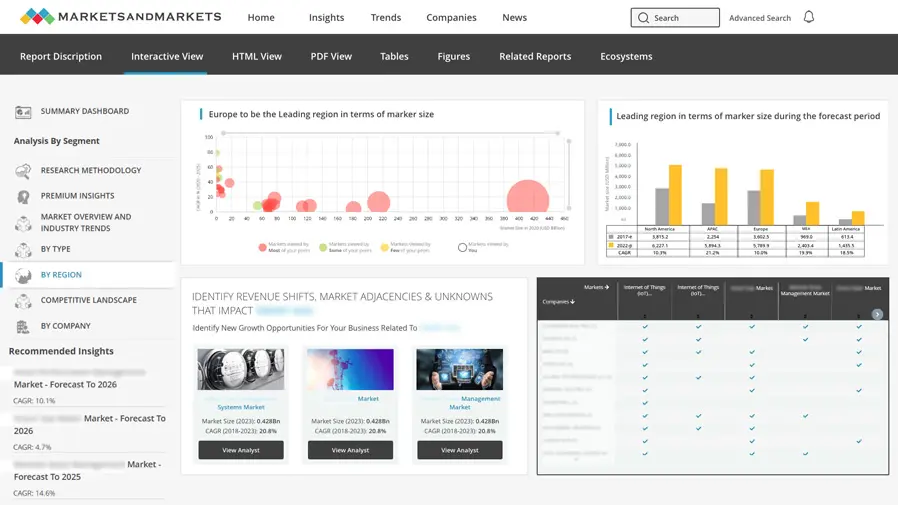
Growth opportunities and latent adjacency in Advanced Air Mobility Outlook 2035: Market